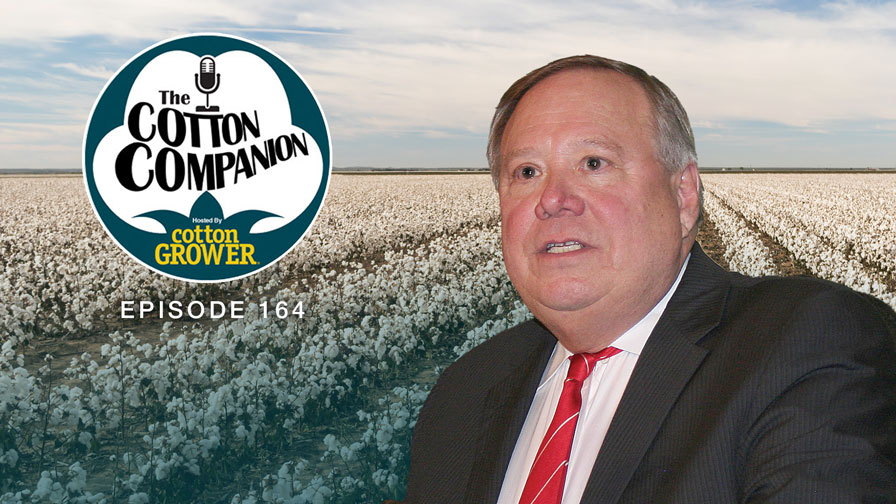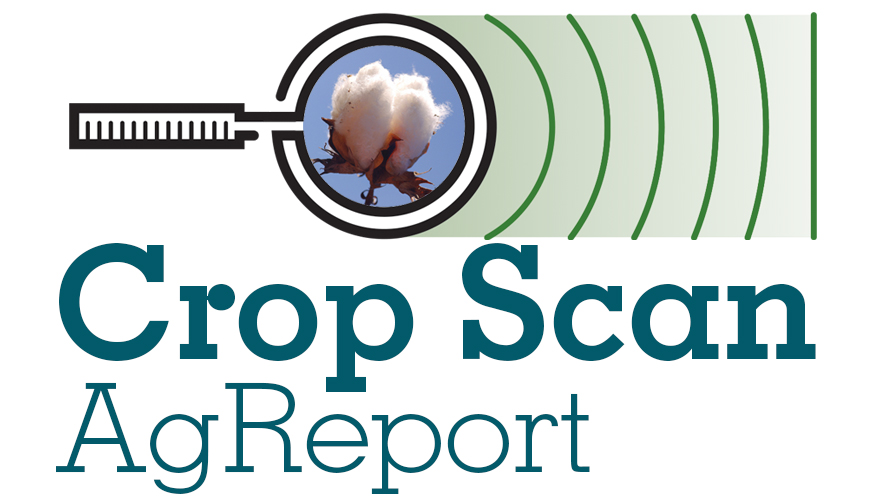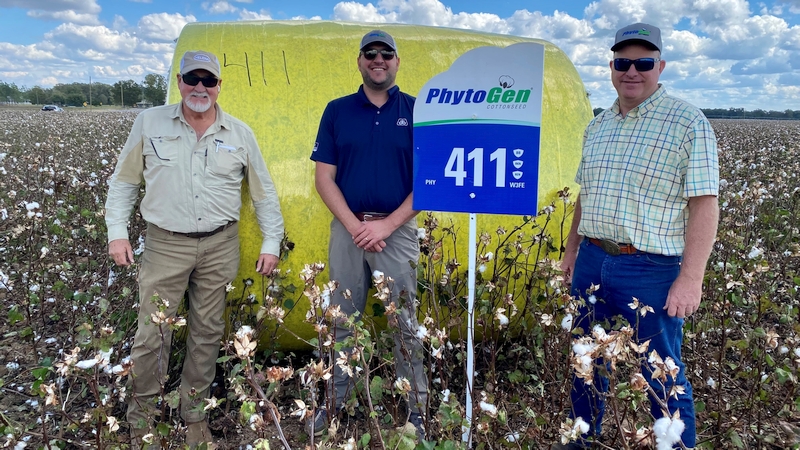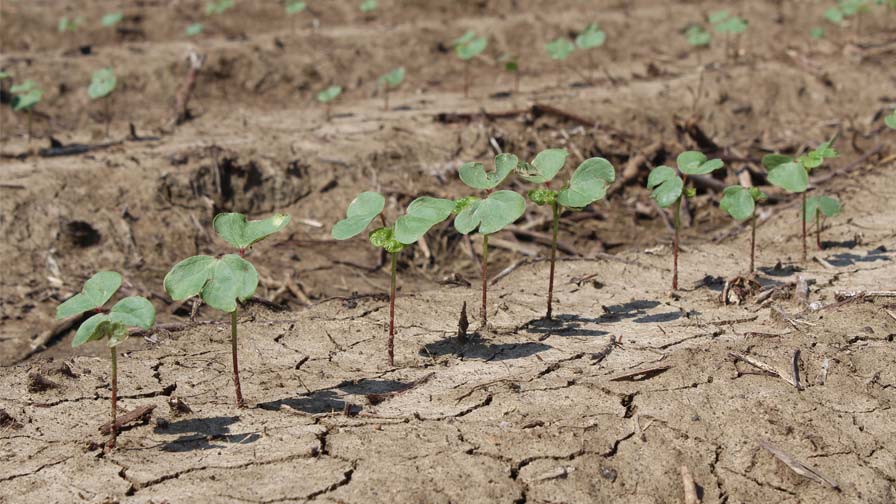International Prices, Planted Area Changes Have Brazil Shifting Gears (Again)
At this time last year, Brazilian cotton producers were abandoning the crop in flocks. The planting area nationwide was expected to be down as much as 35% according to figures from the Brazilian National Supply Company Conab as prices faltered and the land was turned over to sugarcane, corn and soybeans.
Blame for last season’s shortfall was placed in several areas: on the Brazilian government for allowing the Real (the local currency) to strengthen as quickly as it did with no price supports or protective measures for cotton growers or exporters; on the U.S., for subsidies paid to its growers which the Brazilian industry perceived as illegal and damaging to its own industry; and on domestic banks and loan institutions, which had done little in growers’ eyes to alleviate the massive debt piling on them.
Amidst the acreage contractions and weak prices, analysts saw several other reasons to doubt the future of cotton in Brazil. The weak prices for the crop were in dramatic contrast with the strengthening prices for soybeans, corn and sugarcane, and the shifts made by growers to take advantage of the prices were often not for the short-term; the shortest lending contracts for growers wishing to contract with sugarcane processing plants is five years, locking those farmers into that crop. As ethanol, which is derived from sugarcane, seemed to assure reliable prices for the crop, growers were generally comfortable making the commitment.
In light of these developments, Brazil was thought by many to be on the verge of a shift back from net cotton exporter to importer, which hadn’t been the case since the 2003 season.
Turnaround On Record Yields
What a difference a season makes. On the strength of improving internal prices and near ideal weather conditions, Brazil’s cotton production for 2006/07 has rocketed back up near its record year of 2003/04.
According to USDA’s Foreign Agriculture Service (USDA-FAS), production is expected to reach 6 million bales, a 28% spike from last season’s 4.7 million bales. The harvested area for cotton this season is back over 1 million hectares (Ha), currently standing at 1.03 million Ha, a 21% jump from last year. Thanks largely to the beneficial growing conditions, yield is expected to set a new record at nearly 1.27 kilograms/Ha, a 5% increase over last year.
Reports are positive from Mato Grosso, Brazil’s largest cotton-growing state, which is responsible for 51% of the nation’s crop, as well as for Bahia and Goias, the second and third most productive states, at 13% and 12% of Brazil’s output, respectively.
A slight decrease in area is expected in Southern Brazil, but elsewhere, the expansion is well underway. USDA reports that the U.S. attaché in Brasilia noted that farmers have already committed up to 60% of the future cotton crop for fertilizer and pesticides, which should improve yields in the safinha (the winter growing season).
In terms of the country’s import and export prospects, the effects are not likely to be felt immediately. With the majority of the 2006/07 crop being harvested near the end of the year, cotton exports from Brazil will be made in the 2007/08 trade year.








